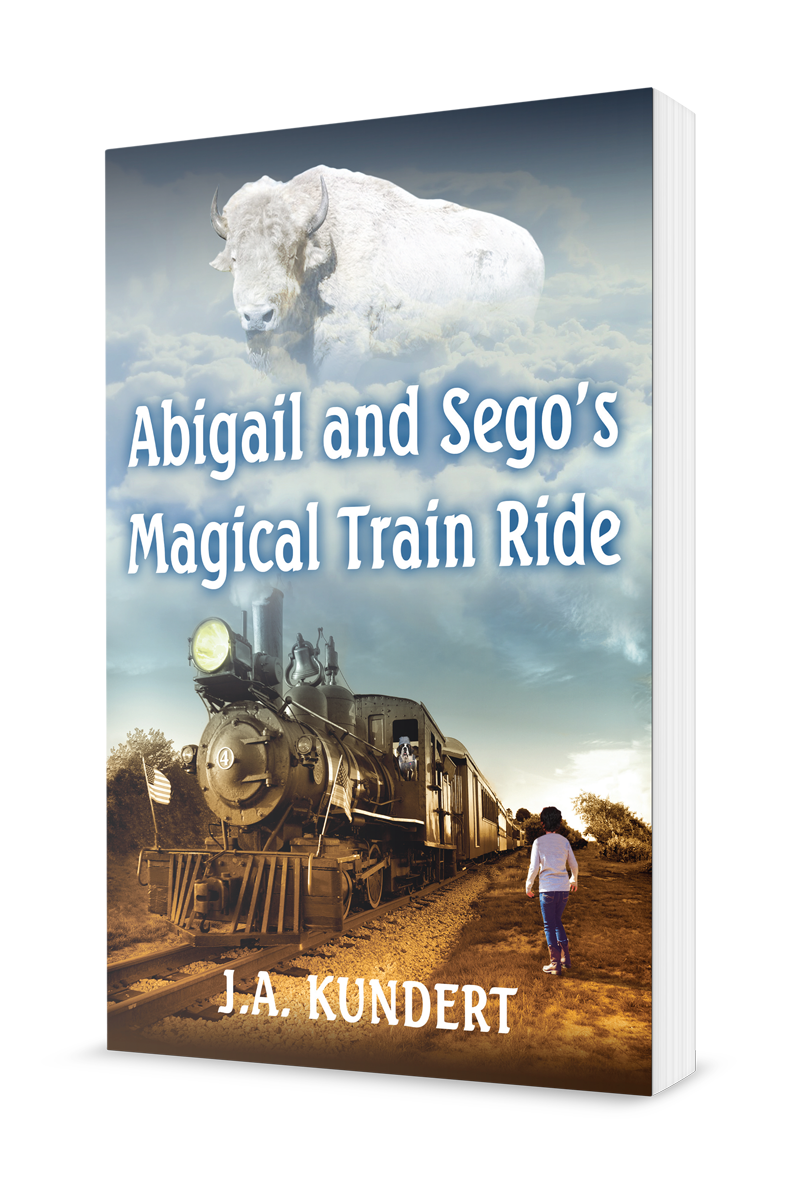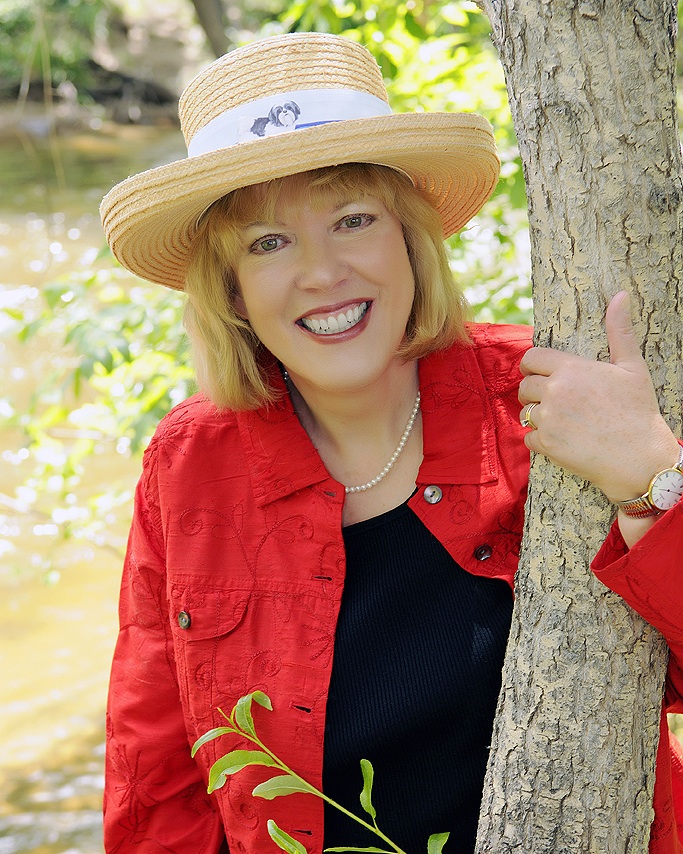Praise for J.A. Kundert
“Abigail and Sego’s Magical Train Ride is a beautifully written fantasy novel…The book is charming, whimsical, and a fun read…”
—Lee Gimenez, author of Tripwire
“The book is easy to read and understand with photos to illustrate each adventure that can be used… Learning can be so much fun when we stop all the busyness, get away from social media and turn to nature for answers. As an adult I loved this book!”
—J. Paulson, Amazon Review on
Tressi's Ten Tips
“…Excellent illustrations and straightforward easy to follow writing make this a very valuable book.”
—G. Harp, Amazon Review on
Tressi’s Ten Tips
Praise for Sky Queen 
“… A thoughtful and sensitively observed tale with a heroine whose adventures are worth following.”
—Kirkus Reviews
“Sky Queen is… an uplifting… mystical take on young women and cultural minorities
fighting for their place in a changing world.”
—Tiffany Hawk, author of Love Me Anyway
“Her Native American ancestors guide her along the way using feathers and her beloved talisman. The story addresses a particular era in the fight for women’s rights.”
—Booklist
Latest Blog Post
Is your reading choice suspenseful, but not too scary? Mysterious, but not exactly murder-filled? Perfect to read on vacation without freaking yourself out — even if you’re staying at a cabin in the woods? The answer: a good cozy mystery, of course! Characteristics of Cozy Mysteries Cozy mysteries have several distinctive…
Read More

